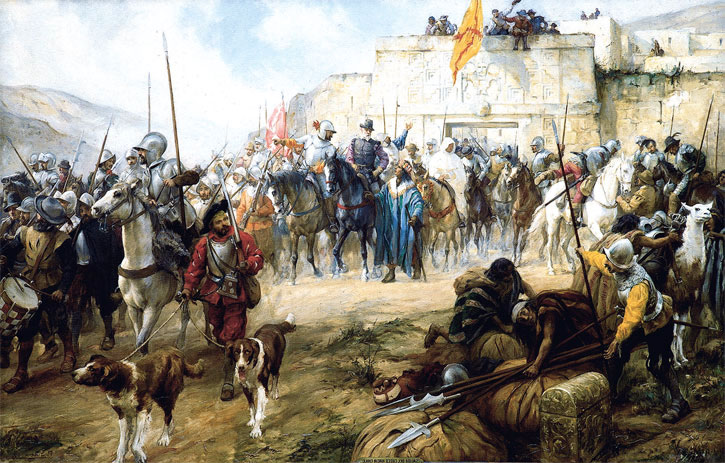Fashion Book Friday: Russkaya moda. 150 let v fotografiyakh (Russian Fashion. 150 Years in Photos) by Alexandr Vassilyev
This is my archive of fashion related books. Most of them are in English, but many are not. Some are new, but many are real finds. Depends on the topic, really...This is one of those books that took me years to find, after leafing through them in a library (Btw: the picture above is the "mini"Version, which is what I have. The book in the foto is the original, large-format version. The content is the same, as far as I can see) .
The author, Alexandr Vassilyev, is currently one of the major experts on the history of fashion in Russia, a one-man Costume Institute, and this book is incredibly thorough. Since its focus is on fashion through photography, it begins in the 1850, so nothing from Pushkin`s age, but after that, it runs the full gamut from frothy salon beauties to edgy post punk styles

It´s organized by decades and each decade in turn in women´s, men`s and children´s fashions, so it is very methodical and easy to work with. Pictures of royalty, music and film stars, revolutionaries, soldiers and many anonymous people parade on its pages, showing effectively how fashion reflects a country`s history. In his text, Vassiliev also always establishes connexions between what people wore and what social, political and economical upheavals they lived through.
These young ladies wear dresses made out of priests´ clothing, as much of the nation´s industry collapsed during the civil war, and the textile industry was not a priority for the new government.
The late fifties brought a change in attitudes, an international youth festival
for the first time in decades brough foreigners into close contact with soviet citizens, and Dior made a fashion show on the Red Square (picture on the right).
The situation with the availability of clothing a fashionable goods improved somewhat, though it was still far from great. The author tells about the role smugglers and importers of foreign goods played, and how effectively class divisions remained visible through clothing: access to imported goods, access to (very expensive) "Fashion Houses" where made-to-measure was available for the elite. Smaller ateliers were available to the middle class in bigger cities, still quite expensive, as off-the-rack remained a bit underwhelming throughout the existence of the Soviet Union.
But in these relatively prosperous times, a new, less agressive female ideal became established, so most soviet women found themselves somewhere between those two:
 |
| Valentina Tereshkova, first woman in space |
 |
| Irina Miroshnichenko, actress |
Another lovely detail of this book is that, since it includes a lot of everyday clothes, some hard to find items are also here, such as early knits:
 |
| one is this surprisingly modern looking shawl from the 1880s. What looks like eyelash yarn is actually swan down. |
 |
| or this toque and scarf set from the 30s |
 |
| or this lovely early 70s hippie |
Overall I love this book, both eye candy and a detailed, thorough read, a different way to understand history and changes in norms and attitudes - one of the reasons I love the study of fashion history so much. Just a pity it´s so hard to come by. In any case, the ISBN is: 978-5-387-00115-4






No comments:
Post a Comment